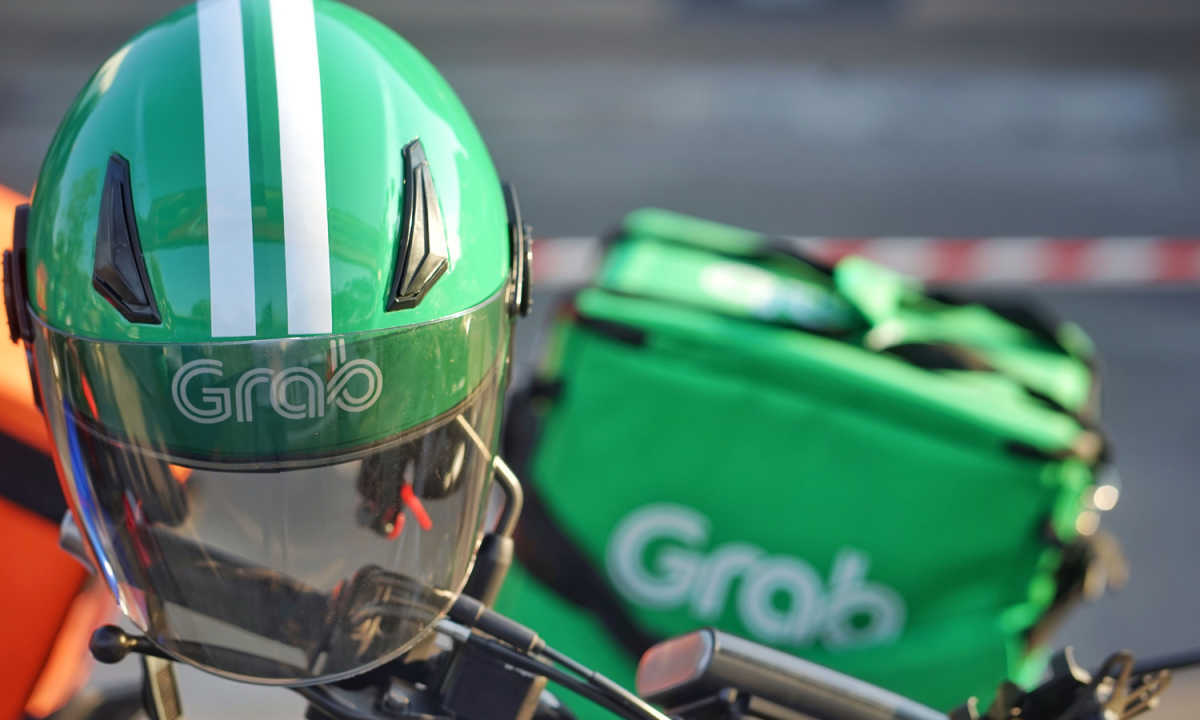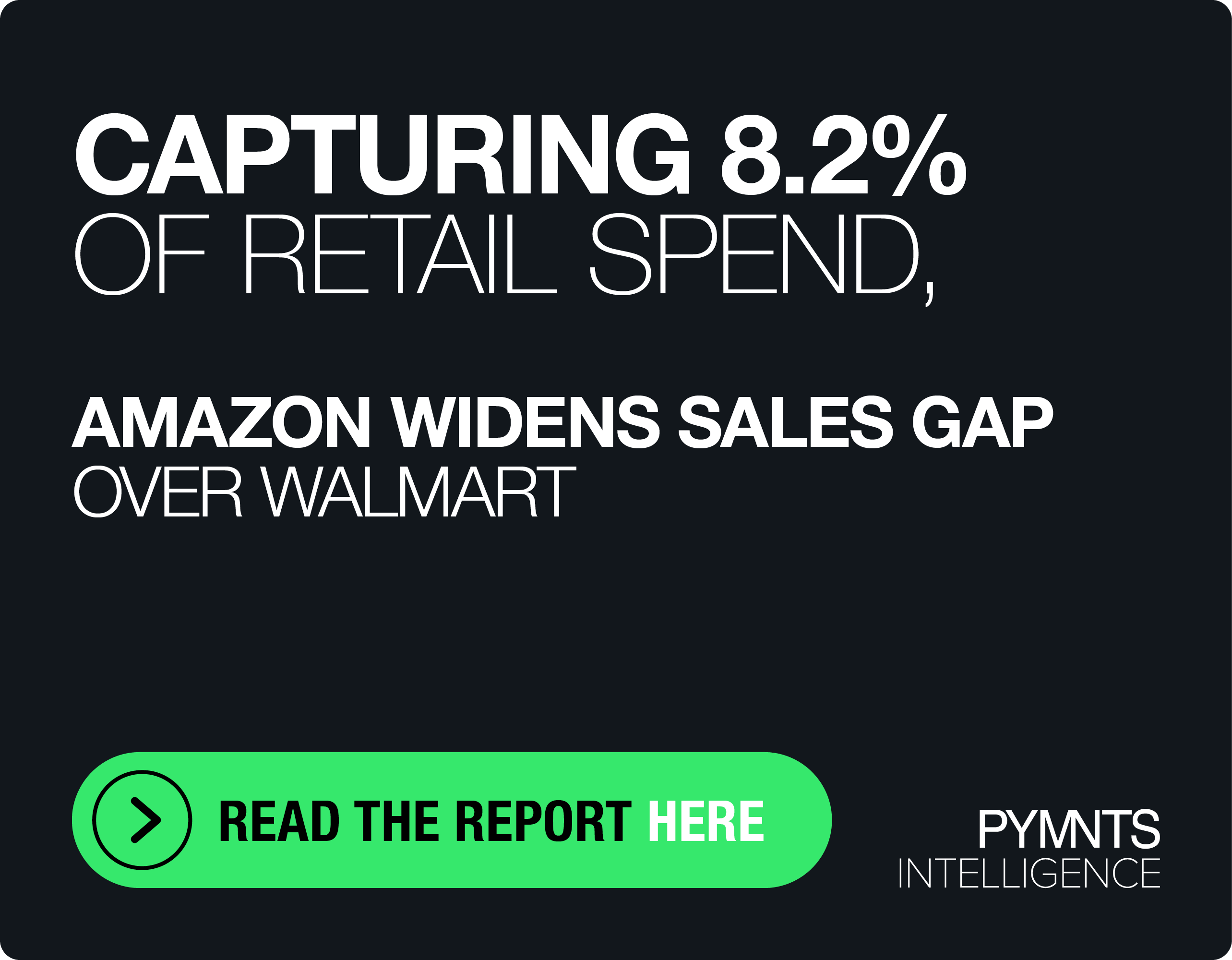Grab’s Slowing Growth Reflects Super App Challenges and Resilience Amid Inflation

Grab’s earnings results show that more consumers are coming to the platform to transact, more drivers are coming to the platform to earn, and engagement beyond ride-hailing continues to gain traction.
The company’s first-quarter results, reported Thursday (May 18), showed some puts and takes across various segments, as the company’s consumers continue to grapple with inflation.
Gross merchandise value (GMV) slowed to a 3% growth rate, or 7% as measured in constant currency, to just under $5 billion. Monthly transacting users grew by 8% year on year to 33.3 million.
Yet the GMV per user was down 4%, or flat in constant currency.
Slowing Growth
GMV was up 11% in the fourth quarter and 22% overall for 2022, and revenues in the fourth quarter were up more than 300% while they notched 130% growth in the first quarter. The slowing growth gave investors caution, and they sent the company’s shares down 14% in Thursday’s trading. The company entered Friday’s trading with a 5% rebound.
The vagaries of seasonal demand for deliveries and inflation aside, the results offer a snapshot of how the “digital front door,” offering access to a range of commerce and finance-centered activities, still is evolving.
PYMNTS research in collaboration with PayPal revealed that 96 million people in the U.S., U.K., Australia and Germany would embrace super apps.
Grab’s data showed a surge in tourism ride-hailing demand, as airport mobility rides gained 133% in the first quarter, mobility MTUs were up 28%, and total active online driver hours were up 14% as the driver count was up 10%. In a nod to the seasonal impact on the deliveries business, Chin’s Lunar New Year and Ramadan slowed transactions earlier in the year; management has noted a sharp rebound in recent weeks.
Affordability Is Key for Consumers
Management pointed to the embrace of its “Saver” function as users opt for lower delivery fees in exchange for longer delivery times. GrabUnlimited, a subscription service, now accounts for more than a quarter of deliveries, and those subscribers spend 3.7 times more on food delivery than non-subscribers.
Grab CEO Anthony Tan said on a call with analysts that “affordability options … have been quite successful with price-sensitive consumers.”
Cross-Selling Financial Services
He also noted on the call that “demand for financial services within our ecosystem remains very healthy. We’re seeing greater lending activity with the rollout of several credit products across various markets, including GXS Bank in Singapore.”
Loan disbursements were up 45% year on year, which helped drive financial services revenue up 233% year on year to $38 million.
Remarking on the financial services business — and cross-selling opportunities — Grab Chief Operating Officer Alex Hungate said the financial services segment has lower acquisition costs because “they’re already customers of Grab,” adding later in the call that “we’re focused on supporting our own ecosystem with our digibanks, which we believe allows us to better manage risk and credit costs through the cycle.”

